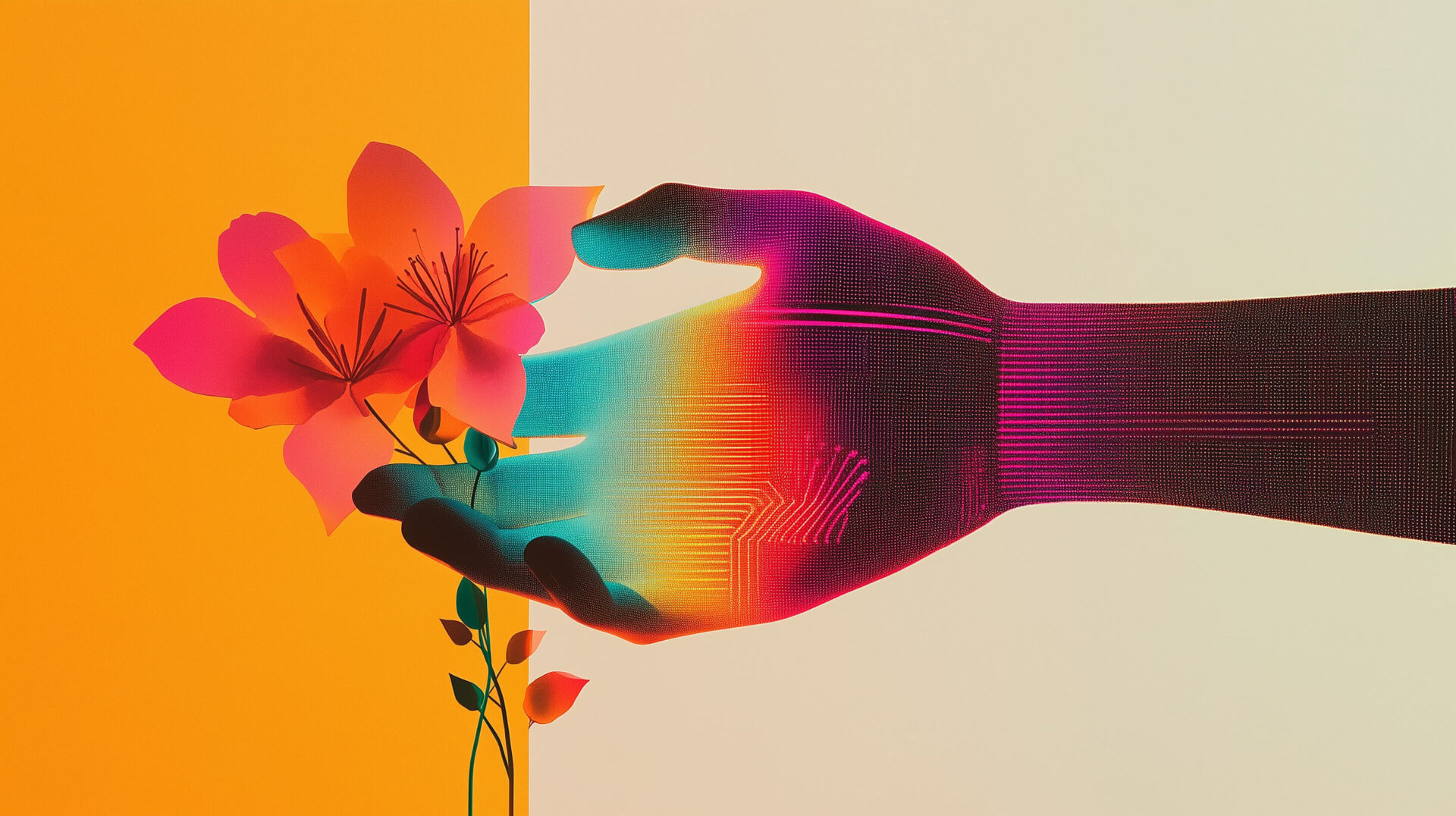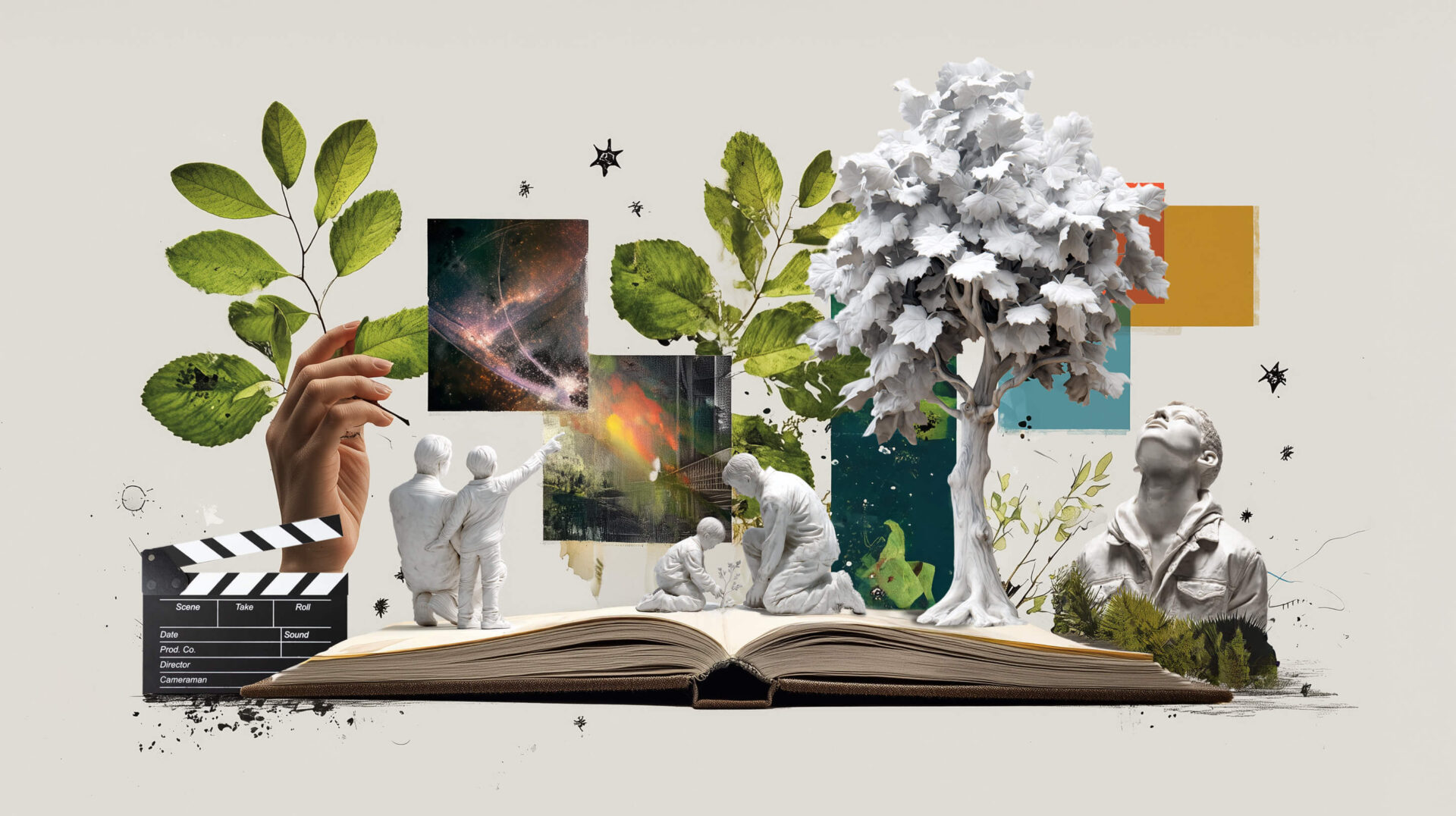We often think of branding as a visual exercise – logos, colors, layouts. But the most memorable brands don’t just appeal to the eyes. They build worlds that can be heard, felt, and even imagined through scent and texture. In a digital-first world where sensory input is limited, engaging multiple senses is a powerful way to make a lasting impression.
According to consumer research, we remember just 1% of what we touch, 2% of what we hear, and 5% of what we see. However, when two or more senses are combined, retention can jump to over 50%. That’s because multi-sensory experiences activate different parts of the brain simultaneously, creating stronger emotional connections and lasting memories. So, if your brand only appeals to one sense, you’re missing a chance to make a deeper impact.
Why Sensory Storytelling Works
When we experience something through multiple senses, the brain processes and stores that information more deeply. Research published in Brain Sciences found that multi-sensory input leads to stronger neural encoding, making experiences more vivid and memorable. That’s why the scent of sunscreen can bring you back to childhood summers, or why the Netflix “ta-dum” instantly signals it’s time to relax.
Sensory storytelling doesn’t just improve recall. It shapes how audiences feel about a brand and what they associate with it. Studies show that multi-sensory experiences can:
- Boost perceived product value
- Strengthen emotional bonds and build trust
- Influence purchase decisions more effectively
- Improve brand recall over longer periods
In other words, brands that appeal to more than one sense not only stand out at the moment but also stay top of mind.
You don’t need a massive budget to begin. Some of the world’s most recognizable brands create sensory experiences through subtle yet intentional cues. L’Occitane, for example, uses fragrance as a cornerstone of its in-store experience. Now, customers remember the smell of their shea butter just as much as the packaging. Netflix’s startup sound has become a cultural cue for winding down, showing that even brief sensory triggers can become emotionally meaningful.
How Tansley Helps Brands Engage the Senses
At Tansley, we help even digital-first brands create immersive experiences. Our work combines experiential design, filmmaking, and brand storytelling to help clients show up in ways that feel emotionally rich, even in formats as small as a smartphone screen.
Take L’Absolu Spa. Their services are rooted in sensory experience: warm lighting, calming sounds, luxurious treatments. Our task was to translate that into digital content that feels just as restorative. Through tone, rhythm, and carefully selected imagery, we crafted web and newsletter content that reflects the spa’s sensory atmosphere, even before someone steps inside.
We’ve taken a similar approach with our world-renowned trauma and equine therapist client Koelle Simpson, whose nature-based retreats focus on touch, movement, and deep presence. Her brand isn’t about superficial visuals – it’s about emotional connection. By using gentle language, expansive visuals, and a calm, grounded tone, we created a content experience that captures the feeling of being there in person.
How to Make Your Brand More Multi-Sensory
You don’t need to overhaul your whole identity to start layering in the senses. Begin small and stay consistent.
Here are a few ways to build more immersive brand experiences:
- Use sound with intention. This could be a sonic logo, a recurring audio tone, or even music selection in videos.
- Bring in texture. In physical products, this can be literal. In digital design, it might involve tactile language or visual cues that suggest texture.
- Anchor with scent or taste (if applicable). For brands in hospitality, beauty, or wellness, don’t underestimate how a signature scent or flavor can become part of your identity.
- Lean into rhythm and pacing. Even your content cadence or the way videos are edited can reinforce a sensory impression.
- Choose a language that evokes sensation. Words like “crisp,” “velvety,” or “grounded” can evoke mental associations even in a text-only context.
At its core, multi-sensory storytelling is about deepening connection. When you activate multiple senses, you don’t just get attention. You build trust, spark emotion, and leave a lasting impression. Whether you’re crafting a spa experience, launching a retreat, or building an online brand, engaging the senses is one of the most powerful ways to leave a lasting impression. This kind of impact isn’t just powerful – it’s essential.











